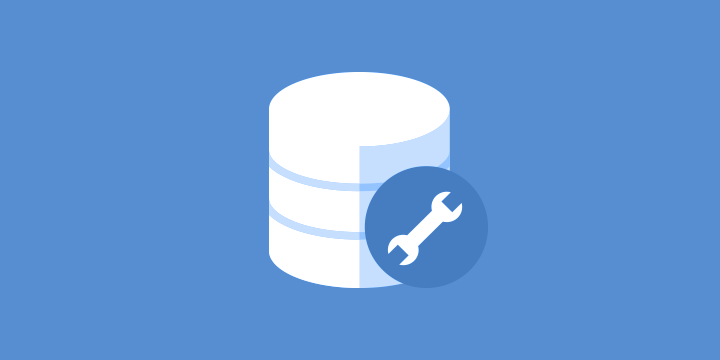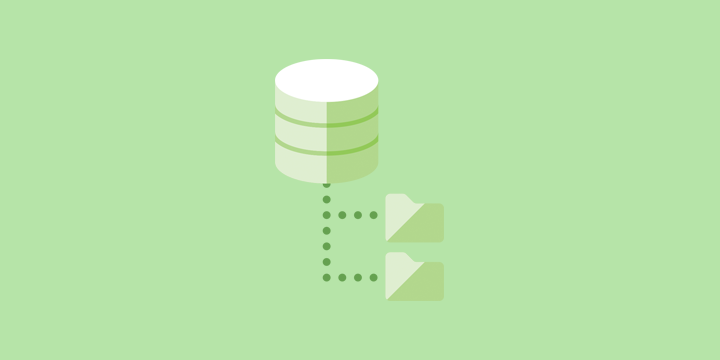Extending the WordPress metadata API
The WordPress metadata API is a simple way to store and retrieve information related to various objects in WordPress, such as posts, users, and taxonomy terms. Out of the box, WordPress includes post meta, user meta, and term meta, but what if you want metadata on other objects, such as custom objects provided by a plugin? Thankfully, the metadata API is actually quite simple to extend, allowing developers to easily register their own kind of metadata that is attached to their own, custom objects.




